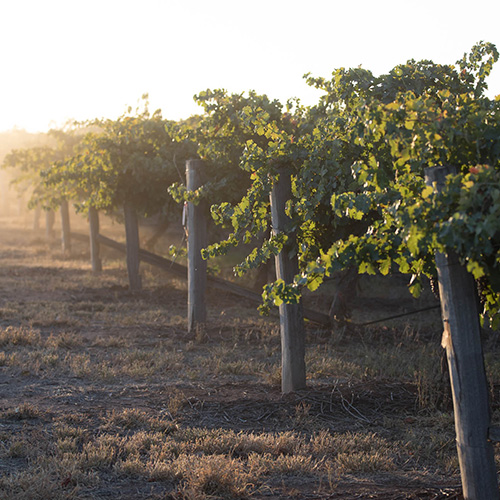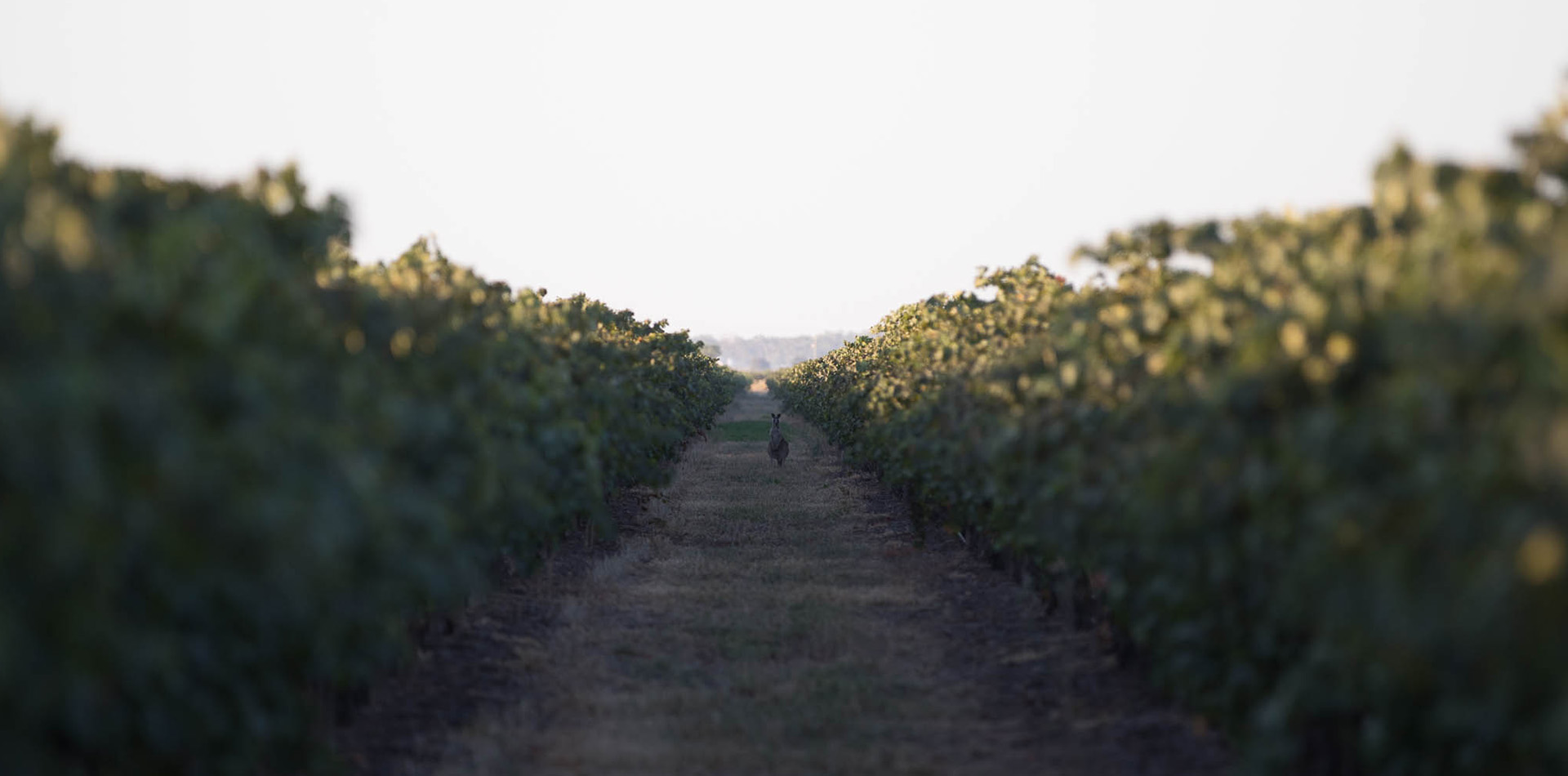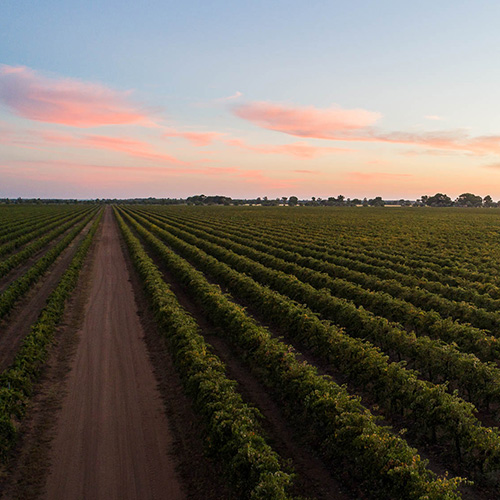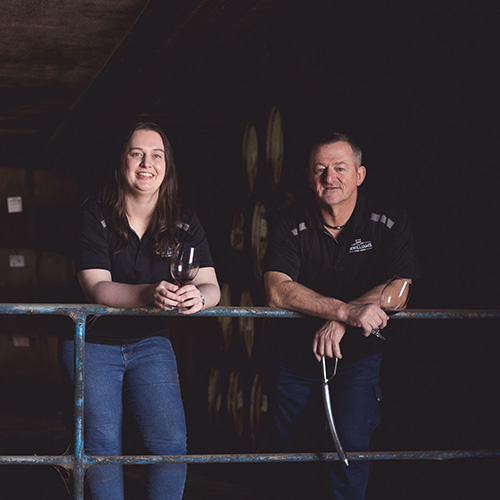Riverina
RIVERINA
NSW / WARM, MEDITERRANEAN CLIMATE
The McWilliam family pioneered the Riverina wine region in 1913 when J.J. McWilliam carted 50,000 vine cuttings to the largely untested region and planted them in a nursery. Since that time the wide Riverina plain, centred around Griffith and situated on the banks of the Murrumbidgee, has continued to grow as a respected and successful winemaking region.
Today the winemaking region covers 20,000 hectares and is the largest wine producing region in NSW, as well as the second largest in Australia. Among other varietals, the region has a reputation of producing high quality Shiraz, Chardonnay and Semillon wines.

FACTS ABOUT RIVERINA
The Riverina wine region enjoys a typically hot Australian rural climate. Site and vine management are key to successful winemaking in the region.
Latitude: 34° South
Altitude: 140m
Growing Season Rainfall: 200mm
Mean January Temperature: 23.8° Celsius
Harvest: Early February - Early March
Principal Grape Varieties: Shiraz, Botrytis Semillon, Chardonnay
These climatic factors mean that vineyard control and winemaking technique are key to successful winemaking in the region. Given that the Riverina has managed to grow to become NSW’s second largest wine producing region, the processes have clearly been effectively tailored to the region.
The presence of major wineries in the region and the quality of wines produced are also testament to the skill of winemakers in harnessing and controlling these natural influences for the benefit of the wine.


As well as producing a range of quality mainstream varietals like Shiraz and Chardonnay, the region has become particularly well know for producing exceptional dessert wines and Alternative and Italian varieties such as Durif and Nero d'Avola.
The Sweet Wine Challenge and Australian Italian Vairties Wine Awards are held annually as part of the Riverina Wine Show to celebrate the styles of wine which has become closely associated with the region.




